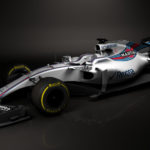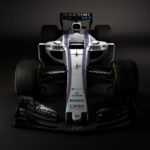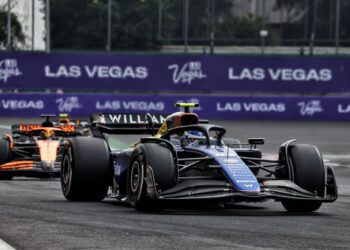E’ stata svelata oggi la Williams Mercedes FW40, alla vigilia dei primi test di Barcellona dove scenderà in pista per la prima volta lunedì 27 febbraio 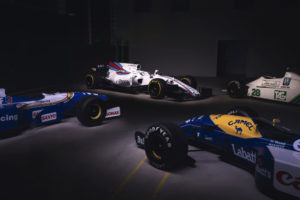 con Felipe Massa al volante. Celebrando i 40 anni in F1, la Williams Mercedes FW40 si presenta con un look molto diverso rispetto a quello della FW38, ma il cuore della monoposto, la power unit e le aree circostanti, non sono cambiate molto. I test pre-stagione di Barcellona daranno ai team le prime vere indicazioni sulle prestazioni. Ma come avvenuto coi cambi di regolamento motore nel 2014, nessuno avrà davvero un quadro chiaro fino al primo GP, a Melbourne. Di seguito il comunicato del team.
con Felipe Massa al volante. Celebrando i 40 anni in F1, la Williams Mercedes FW40 si presenta con un look molto diverso rispetto a quello della FW38, ma il cuore della monoposto, la power unit e le aree circostanti, non sono cambiate molto. I test pre-stagione di Barcellona daranno ai team le prime vere indicazioni sulle prestazioni. Ma come avvenuto coi cambi di regolamento motore nel 2014, nessuno avrà davvero un quadro chiaro fino al primo GP, a Melbourne. Di seguito il comunicato del team.
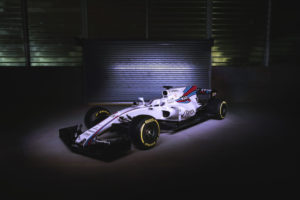 This season we will see wider bodywork, wider front and rear wings, and fatter tyres. As a result of this, there will be a significant increase in downforce and mechanical grip with the 2017 cars really able to attack the corners, significantly faster than they have done in recent years. That, in turn, means braking distances will be reduced and G-loading will increase.
This season we will see wider bodywork, wider front and rear wings, and fatter tyres. As a result of this, there will be a significant increase in downforce and mechanical grip with the 2017 cars really able to attack the corners, significantly faster than they have done in recent years. That, in turn, means braking distances will be reduced and G-loading will increase.
Drivers will be pushed to their limits physically, which is why a key focus for them over the winter has been on training hard in preparation, with the primary focus on upper body strength. With the increased downforce there comes an increase in drag, and in some cases a reduction in the higher top speeds we have seen in recent years. That doesn’t mean laptimes will increase though, quite the opposite. Laptimes are predicted to fall and lap records are expected to be  broken. To set blistering laptimes, teams will need some heavy duty rubber to stick to the track. Pirelli have certainly delivered that with the significantly wider front and rear tyres. The front tyres are 60mm wider, but the rear tyres have increased by a staggering 80mm. This also poses a new challenge for the pit crew with heavier tyres and modified wheel guns needed. Practice is underway as the team prepares to fight to keep its position as the fastest pit crew in Formula One.
broken. To set blistering laptimes, teams will need some heavy duty rubber to stick to the track. Pirelli have certainly delivered that with the significantly wider front and rear tyres. The front tyres are 60mm wider, but the rear tyres have increased by a staggering 80mm. This also poses a new challenge for the pit crew with heavier tyres and modified wheel guns needed. Practice is underway as the team prepares to fight to keep its position as the fastest pit crew in Formula One.
In order to be quick out of the blocks, teams will need to understand the new tyres, and do so quickly if they want to be, and remain, competitive. The team has increased its effort in this area which will hopefully mean it can start the season already having a good understanding of the new rubber. In-season tyre testing will also be more crucial than ever before, as understanding the tyres and how they work will be one of the key factors in pulling performance from the car.
Redazione MotoriNoLimits








